Fix: Casting System Audio is Not Supported on this Device
Some Chromecast users have been getting the “Casting system audio is not supported on this device” error when trying to cast something from a Windows PC. Affected users report that the video component plays out just fine but it’s all without sound. This issue does not seem to be specific to a certain Windows version as it’s reported to occur on Windows 7, Windows 8.1 and Windows 10.
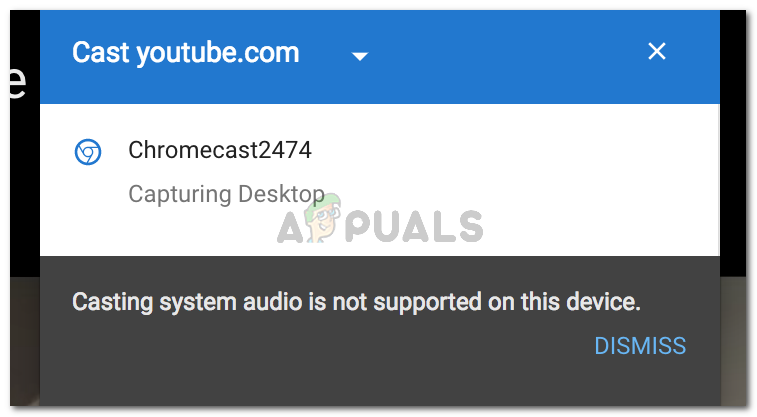
What is causing the ‘Casting system audio is not supported on this device’ error?
We investigated this particular issue by looking at various user reports and the repair strategies that they used to resolve or circumvent the issues. From what we gathered, there are several common scenarios that will trigger this particular error message:
- Default audio device is set to headphones – A lot of times, this issue occurs if the default audio device is set to a wireless audio headset. Apparently, Chromecast’s audio casting might not work if it needs to cast audio by using a different audio device than the default.
- Chromecast doesn’t support casting of some file formats – This issue might occur when trying to cast locally saved files using Chromecast. While the gadget is ultimately capable of casting them, you’ll need to use a supported extension to do it.
- Media router is disabled or needs to be refreshed – The media router component is a very important part of the casting procedure. If the media router is disabled or becomes glitched, you will not be able to cast properly until you refresh the component.
- Chrome is severy outdated – Chrome casting was severely unreliable at first. You might be encountering issues with your casting attempts because your Google Chrome version is severy outdated.
- Chrome glitch – Some users have reported that the error is no longer occurring when they use Chrome Canary (the public beta version of chrome). This suggests that the stable Chrome build has some problems that have not yet been addressed.
If you’re struggling to resolve this particular error message and regain the normal functionality of your Chromecast, this article will provide you with several troubleshooting guides. Below you have a couple of methods that other users in a similar situation have used to get the issue resolved.
For the best results, follow the methods in the order that they are presented. You should eventually discover a method that is effective in your particular scenario. Let’s begin!
Method 1: Switching Audio devices
Several affected users have reported that the issue was resolved entirely after they changed the active audio device. As it turns out, Google ChromeCast (including the latest iterations) are known to cast without audio if the default audio device is set to a wireless headset (or something different). The point is to avoid using something that doesn’t use the default audio drivers.
If you previously used a different audio output on this PC, follow the steps below to ensure that you’re using the default audio drivers:
- Press Windows key + R to open up a Run dialog box. Then, type ‘mmsys.cpl‘ and press Enter to open Sound options.

Running dialog: mmsys.cpl - Inside the Sound window, go to the Playback tab. When you get there, select the default audio option and click Set Default.
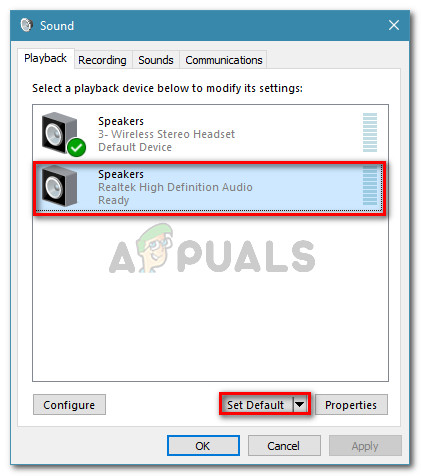
- Once the Audio Output has been switched, restart your computer repeat the casting procedure at the next startup. You should now be able to cast with audio.
If you’re still encountering the ‘Casting system audio is not supported on this device’ error when casting media content with Chromecast, move down to the next method below.
Method 2: Installing the VideoStream Extension to Google Chrome
If you’re encountering this issue while trying to cast local videos to your Chromecast, you’ll most likely be able to treat the error by installing the VideoStream Extension.
This extension will allow you to play your own videos directly from your computer – it also supports subtitles. Several users trying to go around the ‘Casting system audio is not supported on this device’ error have reported that the issue was resolved and the audio returned once they started casting content using Videostream.
Here’s a quick guide on how to configure and use Videostream:
- Visit this link (here) in Google Chrome and click on Add to Chrome to install the Videostream extension.
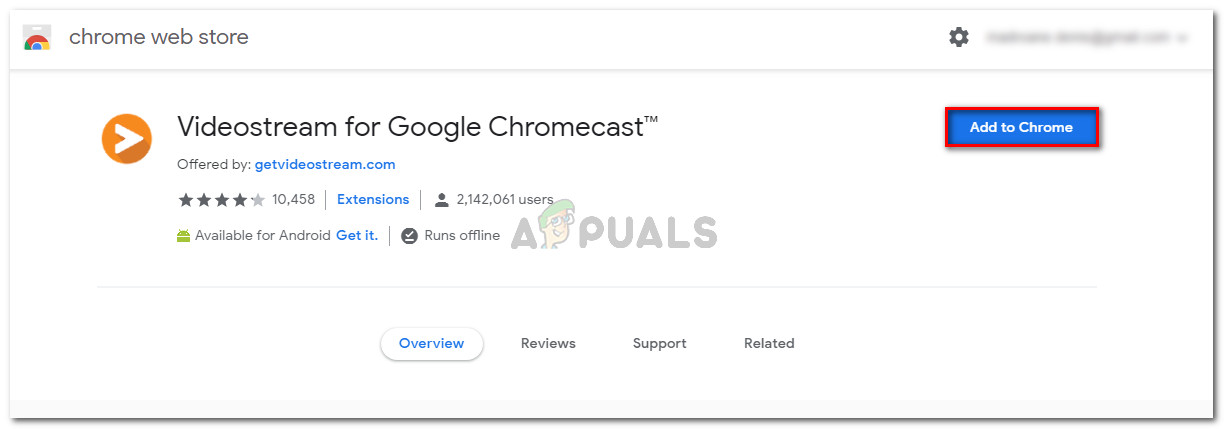
Installing the Videostream extension - Once the extension has been installed, open Videosteam and choose a Google account to connect with.
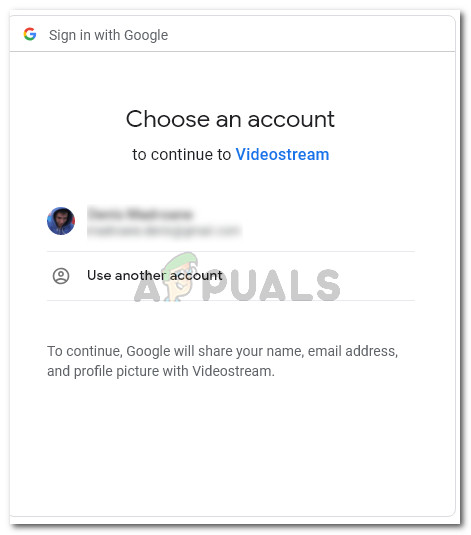
Connecting a Google account with VideoStream - Inside the Videostream application, Click on Choose a Video.

Choosing a local video with VideoSteam - Navigate to the file that you’re trying to cast, select it and click Open.
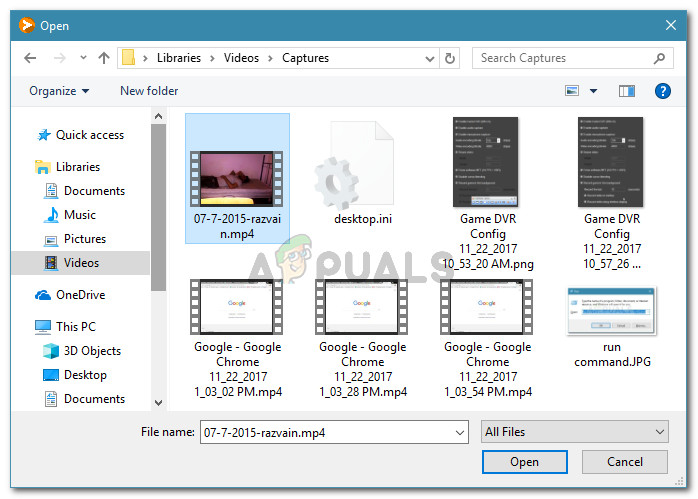
Choosing a video to cast - Selecting the source and the destination (your Chromecast device).
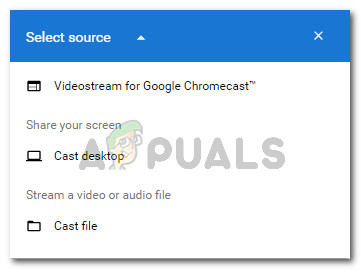
Casting to Google Chromecast - Once the connection is established, you should notice that both video and audio is working correctly.
If you’re still encountering the ‘Casting system audio is not supported on this device’ error, move down to the next method below.
Method 3: Re-Enabling the media Router
Some users have been able to resolve the chrome://flags/#load-media-router-component-extension by updating Google Chrome to the latest version and ensuring that Media Router is enabled. As it turns out, the casting feature of Google Chrome will not work unless Media Router is enabled. But even if you find that it’s enabled, some users have reported that it helps to refresh the Media Router component.
Here’s a quick guide on updating Google Chrome and refreshing the media router component:
- Open Google Chrome, click the action button (three dot icon) and go to Help > About Google Chrome.

Accessing the About Google Chrome menu - Chrome will automatically check to see if a new version is available. If a new version is found, follow the on-screen prompts to install the latest version of Google Chrome.
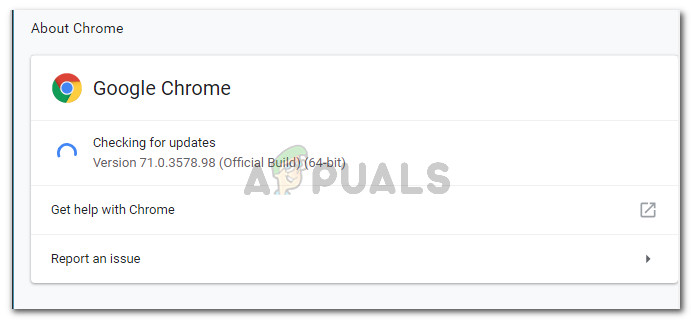
Chrome client checking for updates - Restart Chrome to ensure you’re running on the latest build.
- Open a new tab and copy/paste the following URL in the navigation bar and hit Enter:
chrome://flags/#load-media-router-component-extension
- If the status of the Load Media Router Component Extension is set to Disabled, set it to Enabled or Default.
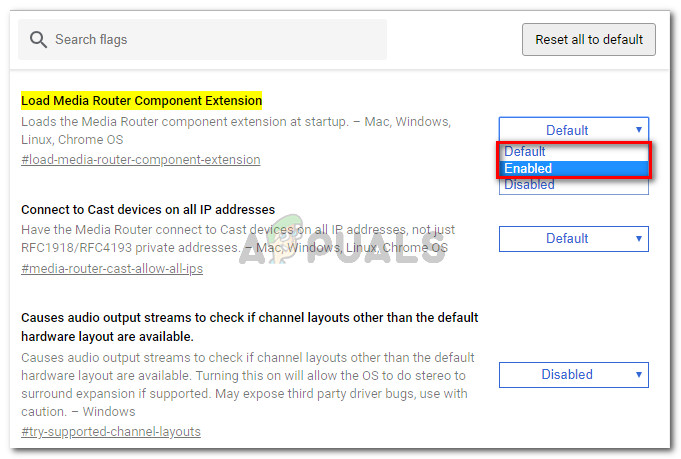
Changing the status of the Media Router Component is Enabled Note: If the Media Router Component is already enabled, disable it, restart your browser and re-enable it again by retracing the steps above. This is the equivalent of refreshing it.
- Restart your browser and try to cast content again. You should be able to do so without encountering the ‘Casting system audio is not supported on this device’ error.
If you’re still encountering the error when trying to cast something to your Chromecast device, move down to the next method below.
Method 4: Casting with Chrome Canary
Several users encountering the same error message have reported that the issue was resolved entirely after they installed Chrome Canary – the public beta version of Chrome.
Although there’s no official explanation why Google Canary works for some users, there’s speculation that some bugs have been addressed in the public version of Chrome – which ends up resolving the casting issue for some people.
Here’s a quick guide on casting content with Chrome Canary:
- Visit this link (here) and click on Download Chrome Canary to download the installation executable. Then, click on Accept and Install to confirm.
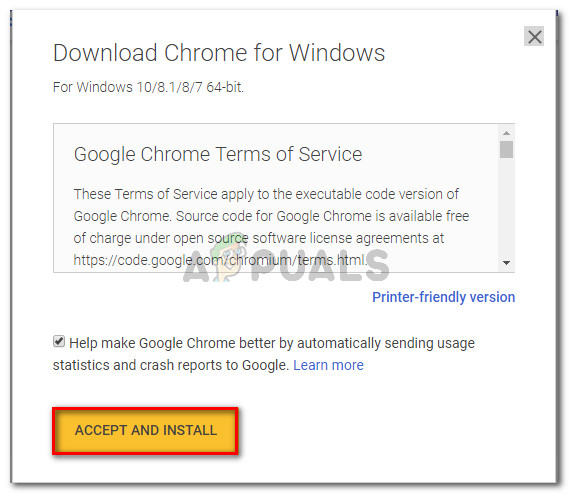
Downloading the Chrome Canary executable - Once the download is complete, open the ChromeSetup executable and follow the on-screen prompts to install Chrome Canary on your computer.
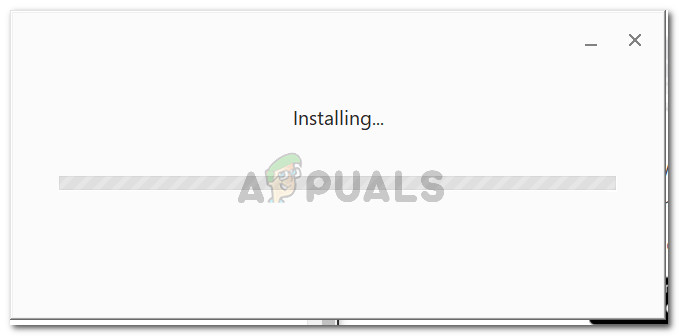
Installing Chrome Canary - Open Chrome Canary and follow Method 2 again to install Videostream and configure it correctly.
- Once Videostream has been installed, restart the browser and see if the casting issue is resolved.




